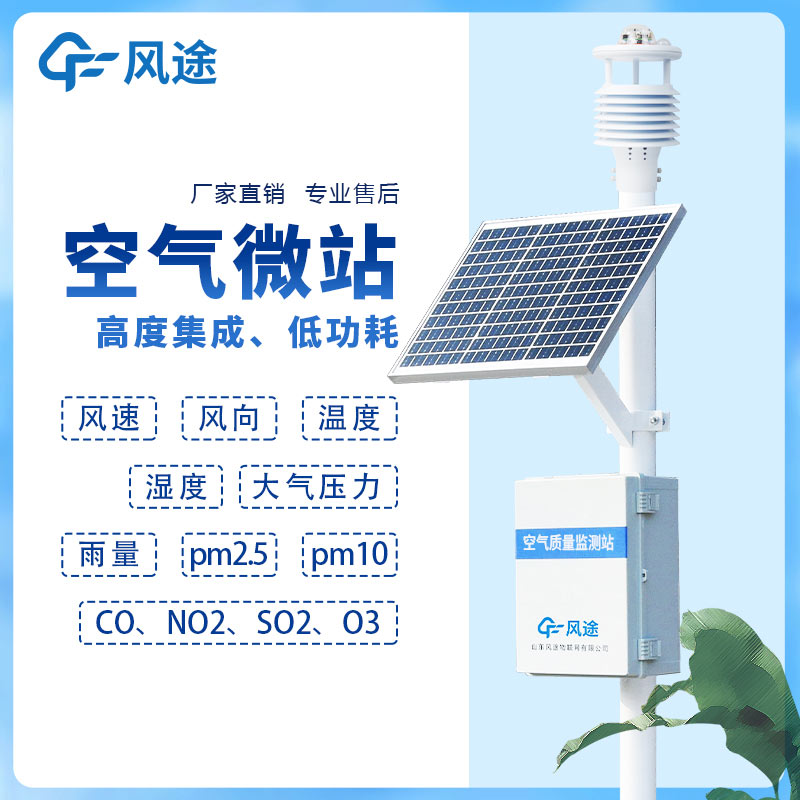Meteorological environment monitoring equipment supplier
Insist on doing high-precision customer favorite technology products
What is environmental monitoring?
Environmental monitoring is the process of observing and measuring various physical, chemical and biological factors in the environment on a regular or irregular basis to determine the state of environmental quality and its trends.
How is the environment monitored?
Environmental monitoring usually involves the steps of collecting environmental samples, analysing the samples using various instruments and analytical methods, and assessing the quality of the environment based on the data.
What machines are used for monitoring?
A variety of machines and equipment are used for environmental monitoring, including air quality monitors, water quality analysers, noise monitors, soil samplers, etc. These machines and equipment help us to monitor the environment accurately and quickly. These devices can help us obtain environmental data accurately and quickly.
Why do we need to monitor the environment?
Monitoring the environment is of great significance in protecting the ecology, preventing pollution and formulating environmental protection policies. Through environmental monitoring, we can keep abreast of environmental conditions, assess environmental risks and provide scientific basis for environmental protection and sustainable development.
Air quality micro-monitoring stations are small, low-cost devices that use the sensor principle to monitor air quality in real time. These monitoring stations can be densely arranged to cover a wider area and manage air quality in a refined manner. They are more suitable for monitoring air quality in urban and rural areas than high-cost large-scale monitoring stations, providing real-time, online data to help us understand and improve air quality.
They are typically configured with six key parameters, which are known as the "four gas, two dust" combination, i.e. four gaseous pollutants and two particulate matters. These parameters include sulphur dioxide (SO₂), nitrogen dioxide (NO₂), carbon monoxide (CO), ozone (O₃), as well as fine particulate matter (PM2.5) and coarse particulate matter (PM10). These are the most essential parameters in atmospheric monitoring as they provide a comprehensive picture of air quality conditions and pollution levels.
